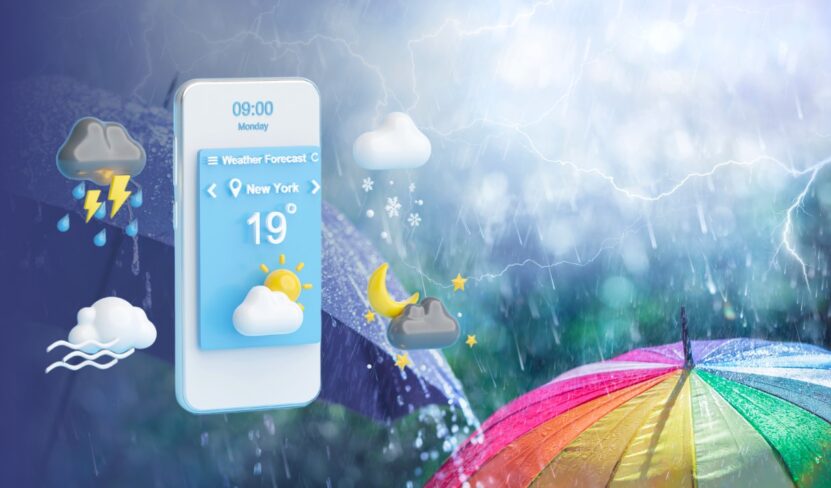The United States is known for its diverse climates and varying weather patterns. While some cities enjoy pleasant weather most of the year, others experience extreme conditions that can make life challenging. In this article, we’ll explore the 10 worst weather cities in the USA, delving into what makes these cities so notorious for their weather. Let’s dive in!
1. Fairbanks, Alaska
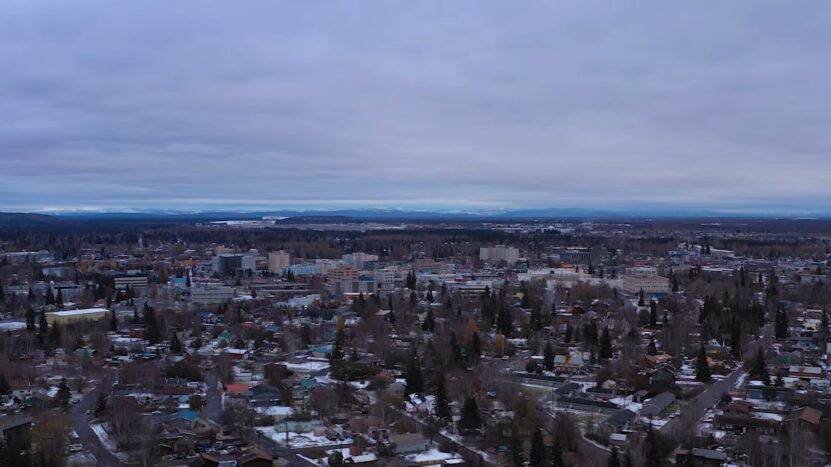
Cold Temperatures
Located in the heart of Alaska, Fairbanks experiences some of the coldest temperatures in the country. Winter temperatures can plummet to -40°F, and the city has even recorded temperatures as low as -66°F. These brutal conditions are not for the faint of heart!
Snow and Ice
In addition to the extreme cold, Fairbanks is known for its heavy snowfall and icy conditions. The city receives an average of 62 inches of snow each year, which can make travel difficult and dangerous. Ice fog is also a common occurrence, causing visibility issues and treacherous driving conditions.
2. Duluth, Minnesota
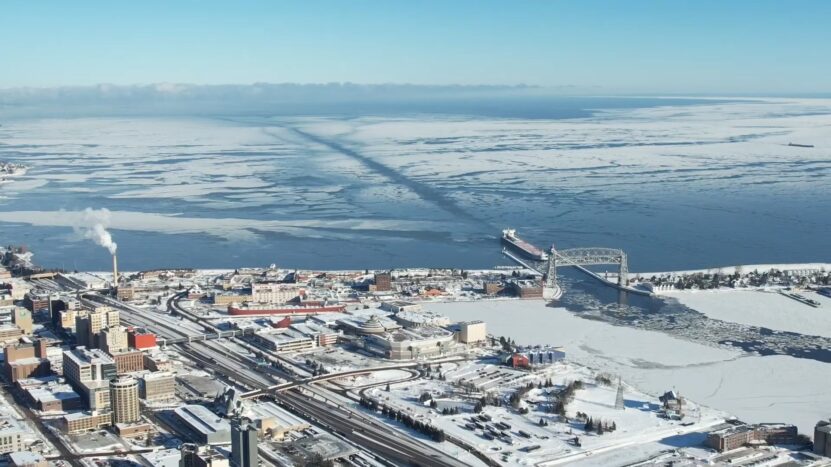
Frigid Winters
Duluth, Minnesota, is another city known for its harsh winters. Located on the shores of Lake Superior, Duluth experiences frigid temperatures, with average lows in the single digits. Wind chills can make the cold even more unbearable, reaching -30°F or lower.
Lake Effect Snow
Duluth’s proximity to Lake Superior also contributes to its extreme weather. The city is prone to heavy lake effect snow, which occurs when cold air moves over the warmer waters of the lake, picking up moisture and dumping it as snow on the shore. This can lead to significant snowfall, making Duluth one of the snowiest cities in the country.
3. Seattle, Washington
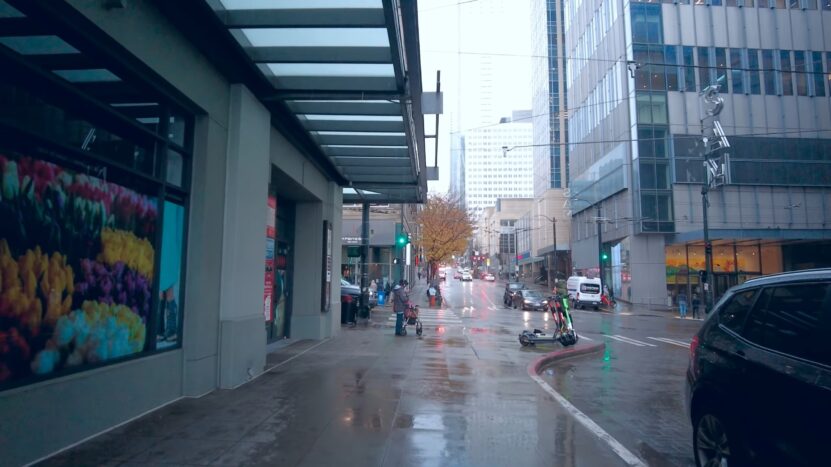
Rainy Days
Seattle, Washington, is infamous for its rainy weather. While the city doesn’t receive an exceptional amount of rainfall compared to other cities, it does have a high number of rainy days. On average, Seattle experiences about 152 rainy days per year, leading to a reputation for constant drizzle and gray skies.
Gloomy Skies
The persistent rain in Seattle also contributes to the city’s gloomy skies. The city has some of the lowest sunshine hours in the country, with overcast skies common throughout the year. This lack of sunlight can be a challenge for those who crave bright, sunny days.
4. Houston, Texas
Humidity
Houston, Texas, is notorious for its oppressive heat and humidity. During the summer months, temperatures regularly soar above 90°F, with humidity levels hovering around 90% as well. This combination can make being outside unbearable and even dangerous for those sensitive to heat.
Hurricanes
Houston’s location along the Gulf Coast also puts it at risk for hurricanes and tropical storms. The city has experienced several devastating storms in its history, including Hurricane Harvey in 2017, which caused widespread flooding and significant damage to homes and infrastructure.
5. Phoenix, Arizona
Extreme Heat
Phoenix, Arizona, is known for its scorching hot temperatures, especially during the summer months. The city often experiences temperatures above 110°F, with record highs reaching 122°F. This extreme heat can be hazardous to those who are not acclimated, leading to heat exhaustion and heat stroke.
Dust Storms
In addition to the extreme heat, Phoenix is also prone to dust storms, also known as haboobs. These massive walls of dust can reduce visibility to near zero and cause respiratory issues for those caught in them. Dust storms can also lead to dangerous driving conditions, making travel in the area risky.
6. Rapid City, South Dakota

Extreme Temperature Fluctuations
Rapid City, South Dakota, experiences dramatic temperature fluctuations throughout the year. The city can see temperature swings of over 50°F in just 24 hours. These rapid changes can make it difficult for residents to adjust and plan for outdoor activities.
Blizzards and Winter Storms
Rapid City is also no stranger to intense blizzards and winter storms. These severe weather events can bring heavy snowfall, strong winds, and dangerously low temperatures, making travel and daily life a challenge during the winter months.
7. Charleston, South Carolina
Humidity and Heat
Charleston, South Carolina, is known for its hot and humid summers. The city’s coastal location contributes to high humidity levels, making the heat feel even more oppressive. Residents must cope with sweltering temperatures and sticky humidity throughout the season.
Flooding and Hurricanes
Charleston is also at risk for flooding and hurricanes due to its low-lying coastal location. The city has faced numerous storms and hurricanes over the years, which can cause extensive damage to homes, businesses, and infrastructure.
8. Denver, Colorado
Hailstorms
Denver, Colorado, is well-known for its hailstorms, which can be both destructive and dangerous. The city is located in what’s known as “Hail Alley,” an area with a high frequency of large hailstorms. These storms can cause significant property damage and pose a threat to residents caught outdoors.
Altitude and Weather Changes
At an elevation of 5,280 feet, Denver’s high altitude can contribute to rapid weather changes and intense sunlight. Visitors and new residents may need time to acclimate to the altitude, which can cause altitude sickness, dehydration, and sunburn.
9. Birmingham, Alabama
Severe Thunderstorms and Tornadoes
Birmingham, Alabama, is located in the heart of Dixie Alley, an area known for its severe thunderstorms and tornadoes. The city has experienced numerous tornado outbreaks over the years, causing destruction and loss of life. Residents must always be prepared for the possibility of severe weather.
Heat and Humidity
Birmingham’s summers are characterized by high heat and humidity. Temperatures regularly climb above 90°F, with humidity levels that can make outdoor activities uncomfortable and even dangerous for those sensitive to heat.
10. Portland, Oregon
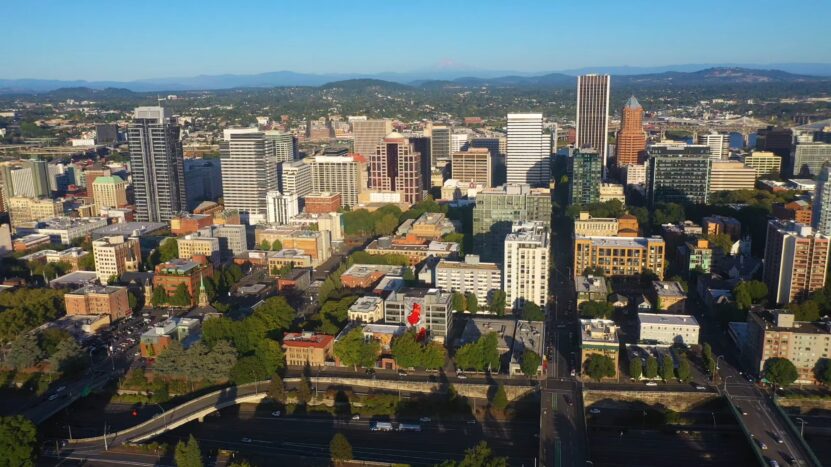
Rain and Cloud Cover
Similar to Seattle, Portland, Oregon, is known for its rainy weather and persistent cloud cover. The city experiences around 154 rainy days per year, leading to a reputation for damp, gray days. While the total rainfall isn’t exceptionally high, the consistent drizzle can be a challenge for some residents.
Cool and Cloudy Summers
Portland’s summers, while mild compared to other cities, can be cool and cloudy. The city often experiences a marine layer that keeps temperatures cool and the skies overcast, which may not be ideal for those seeking warm, sunny summer days.
Frequently Asked Questions
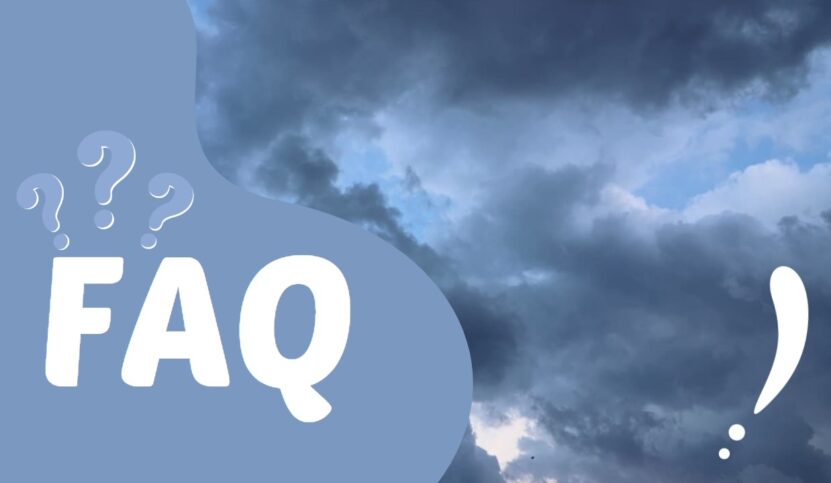
1. Why does Fairbanks, Alaska, experience such extreme cold?
Fairbanks is located at a high altitude, which means it receives less sunlight during the winter months. This lack of sunlight contributes to the extreme cold experienced in the city.
2. What causes lake effect snow in cities like Duluth and Buffalo?
Lake effect snow is caused when cold air moves over the warmer waters of a lake, picking up moisture and dumping it as snow on the leeward side of the lake. This can lead to heavy snowfall in cities located near large lakes like Lake Superior and Lake Erie.
3. How do hurricanes form, and why are cities like Houston and Miami at risk?
Hurricanes form over warm ocean waters, typically in the Atlantic Ocean and Gulf of Mexico. These storms gain strength as they move across the water and can cause significant damage when they make landfall. Coastal cities like Houston and Miami are at risk due to their proximity to these storm-prone areas.
4. Are there any benefits to living in a city with challenging weather conditions?
Despite the difficulties that come with challenging weather conditions, many residents find a sense of resilience and camaraderie in their communities. Additionally, these cities often provide unique recreational opportunities, such as winter sports in cold climates or water-based activities in warmer areas.
5. Can we predict which cities will experience the worst weather in the future?
While meteorologists and climatologists can make educated guesses based on historical data and climate models, it’s impossible to predict with certainty which cities will experience the worst weather in the future. Climate change may also play a role in altering weather patterns, making long-term predictions even more difficult.
Final Words
Living in a city with challenging weather conditions can be tough, but it’s also a part of what makes these cities unique. From extreme cold and snow to heat and hurricanes, these 20 worst weather cities in the USA all have their own set of challenges. Yet, despite the difficulties, many residents learn to adapt and embrace the weather that comes their way.
If you want to explore the most conservative cities in the USA, read this article.

